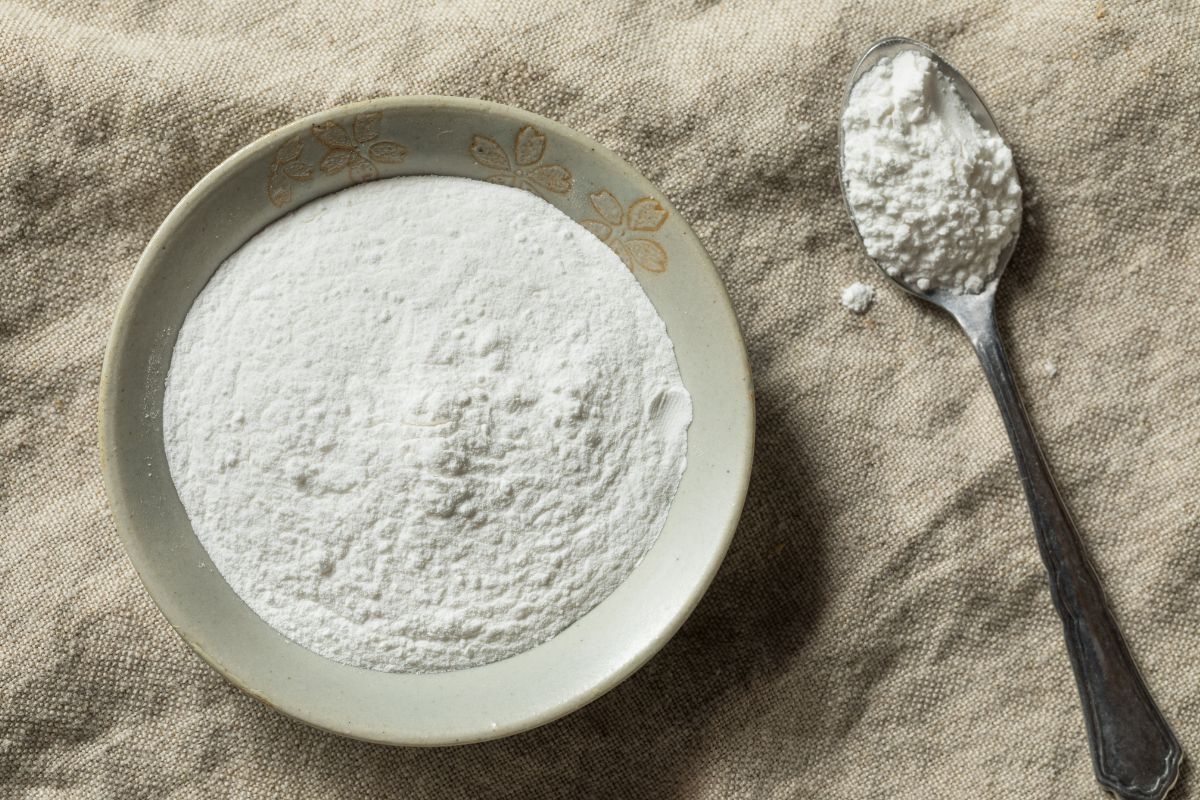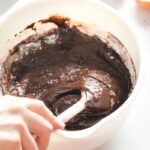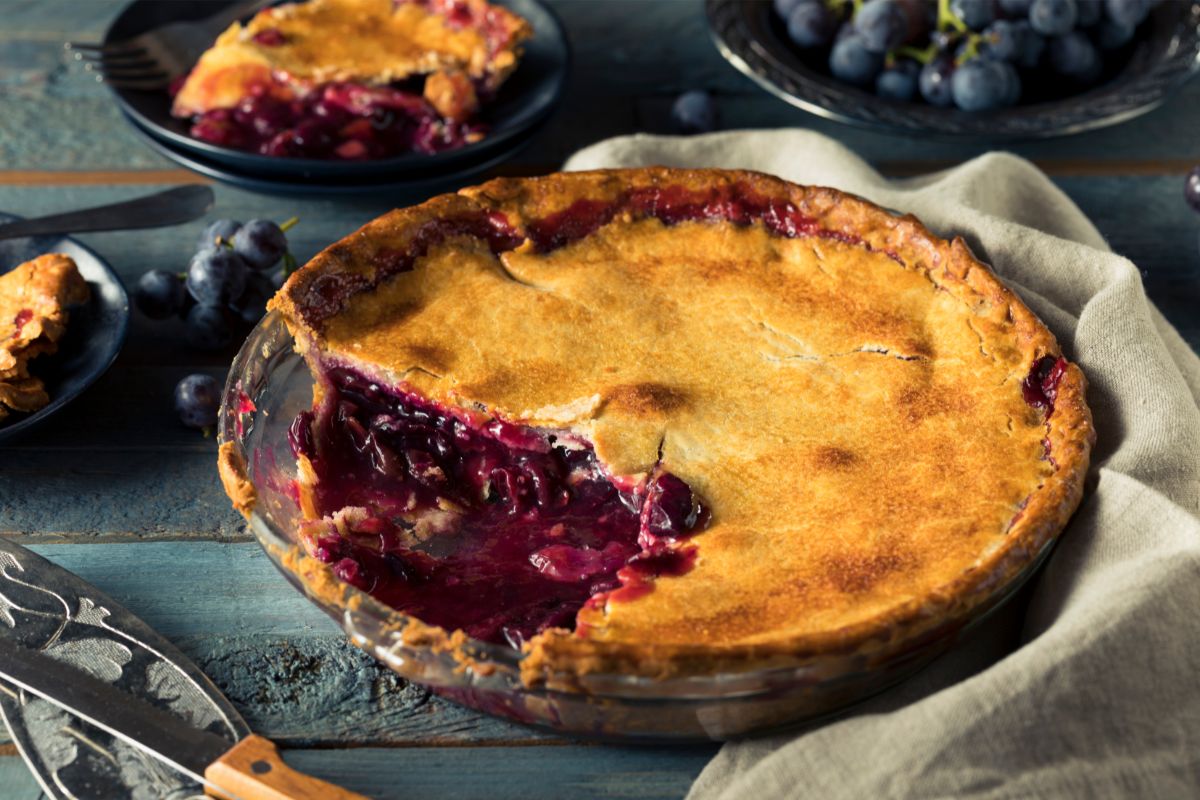Have you ever looked at an ingredient list on a box of cake mix and wondered, what is cream of tartar?

It’s a common baking ingredient, but many people don’t know what it does or where it comes from.
In this article, we’ll explore the history of this unique ingredient and how it’s used in cooking.
Definition
Cream of tartar is a baking powder component that has many uses in the kitchen.
It’s a white, odorless powder with a slightly acidic taste and is derived from the sedimentation of grapes during winemaking.
Cream of tartar is an important ingredient in baking powder because it provides the acidity needed for recipes that use baking soda as leavening.
When combined with baking soda, it works together to produce carbon dioxide, which causes cakes or breads to rise.
In addition, it can be used as a natural cleaning agent, for softening water hardness in laundry, and other household tasks.
History
Cream of tartar has been around since the time of Ancient Egypt, where it was used as an ingredient in baking.
It also had many other uses throughout time, including medicinal ones. Here is a brief overview of its history:
- During Ancient Egyptian times, cream of tartar was used by bakers as a leavening agent in baking and for other purposes such as medicine and flavoring food.
- The Romans found many uses for it, too, including as a cleaning agent and for treating various skin conditions.
- By the 1700s, cream of tartar had become widely available in Europe and was being used to make sherbet and wine-based punches.
- In the 19th century, cream of tartar began to be mass-produced in industrial settings and became more widely used than ever before for baking and other culinary purposes.
It is clear that cream of tartar has played an important role throughout history; its versatility continues to make it a valuable ingredient today!
Chemical Composition
Cream of tartar is an acidic white powder that is a byproduct of wine fermentation. Its scientific name is potassium bitartrate.
As we’ve mentioned it has a number of uses in baking and cooking, as well as in medicine and cleaning products.
Its chemical composition contains potassium, hydrogen, carbon, and oxygen.
Uses In Cooking & Baking
Cream of tartar is a great ingredient for adding lightness and fluffiness to food.
It is commonly used in cakes, meringues, and other desserts where a light texture is desired.
It can also be used as an acidity regulator in baking recipes that contain baking soda.
Another way to use cream of tartar is as a stabilizer for egg whites when making meringue or other egg-based dishes.
The cream of tartar helps the egg proteins bind together better, resulting in a stiffer and more stable meringue.
Additionally, it can be used to make whipped cream by combining heavy cream with sugar and cream of tartar, then whipping until fluffy peaks form.
Cream of tartar also has many non-culinary uses, such as being an effective cleaning agent when mixed with equal parts vinegar or lemon juice.
It can also help remove rust from metals and tarnish from silverware or jewelry, while providing a gentle abrasive action for scrubbing surfaces without damaging them.
As you can see, cream of tartar has many practical applications both on the kitchen table and beyond!
Benefits For Health & Beauty

Cream of tartar also has many health and beauty benefits. It can help to reduce inflammation and prevent infection when used topically.
It can also be used in cooking as a leavening agent, or added to certain recipes as an ingredient. Additionally, cream of tartar can be beneficial for skin and hair care.
For skin care, cream of tartar can help to reduce acne breakouts and blackheads by balancing the pH levels of the skin.
When used topically, it helps to remove dead skin cells and promote circulation. It is also known to be effective at treating eczema flare-ups, due to its anti-inflammatory properties.
Additionally, its antiseptic properties make it a great choice for treating minor cuts and wounds on the skin.
When it comes to hair care, cream of tartar helps to cleanse the scalp while providing essential minerals that promote healthy hair growth.
It can help to strengthen weak hair strands while adding shine and softness.
Cream of tartar also helps to restore natural pH balance in the scalp, which prevents dryness and flakiness, leaving your hair looking more vibrant than ever before.
Cream of tartar is an affordable and versatile product that offers numerous health and beauty benefits for both skin and hair care needs.
With regular use, you’ll quickly notice the positive effects on your overall wellbeing!
How To Store It
Cream of tartar is best stored in a cool, dry place and away from direct sunlight. It can be kept in an airtight container such as a glass jar or plastic container.
To prevent caking, it’s important to store it away from moisture and humidity. If the cream of tartar does become clumpy, you can break it up with a spoon or a fork.
It’s also important to keep cream of tartar away from other ingredients that may cause it to spoil, such as sugar or baking soda.
Make sure to label the container if you are storing cream of tartar alongside other ingredients in the pantry.
This will help ensure that it doesn’t accidentally get used in recipes that don’t call for it.
If handled properly, it can last for several years without losing potency or flavor.
Conclusion
In conclusion, cream of tartar is a versatile ingredient with a long history. It has many uses in cooking and baking, as well as in health and beauty remedies.
Overall, it’s an essential ingredient that should be kept handy for any home cook or baker.
I’ve found that having some on hand makes baking much easier – and tastier!
Not only does it help make light and airy treats, but its various health benefits make it a great addition to any pantry.
- How To Reheat A Cheesesteak - November 5, 2023
- What Are Three Must Have Kitchen Knives? - September 22, 2023
- How To Protect Edges Of Pie Crust - June 15, 2023








